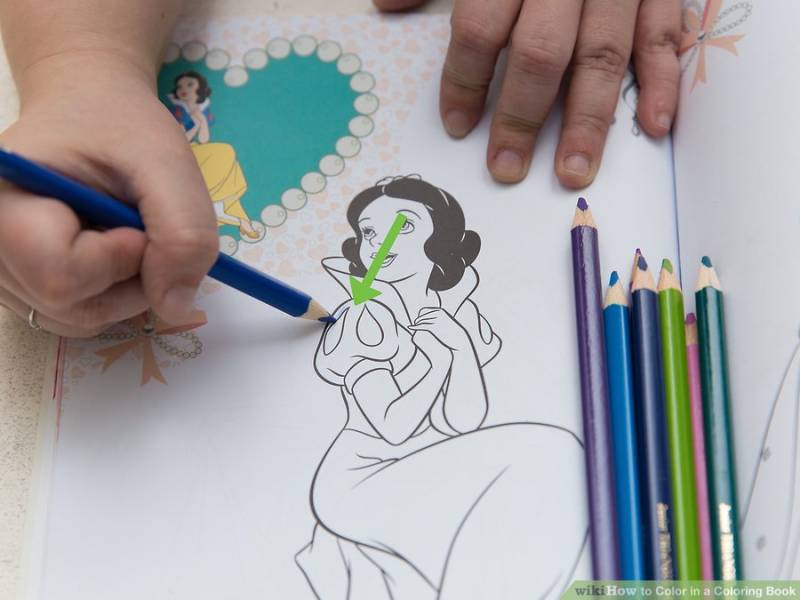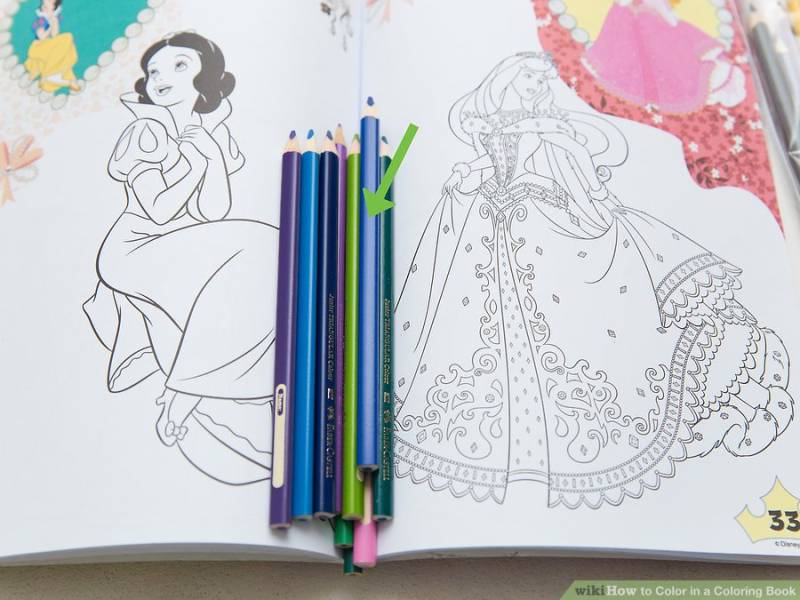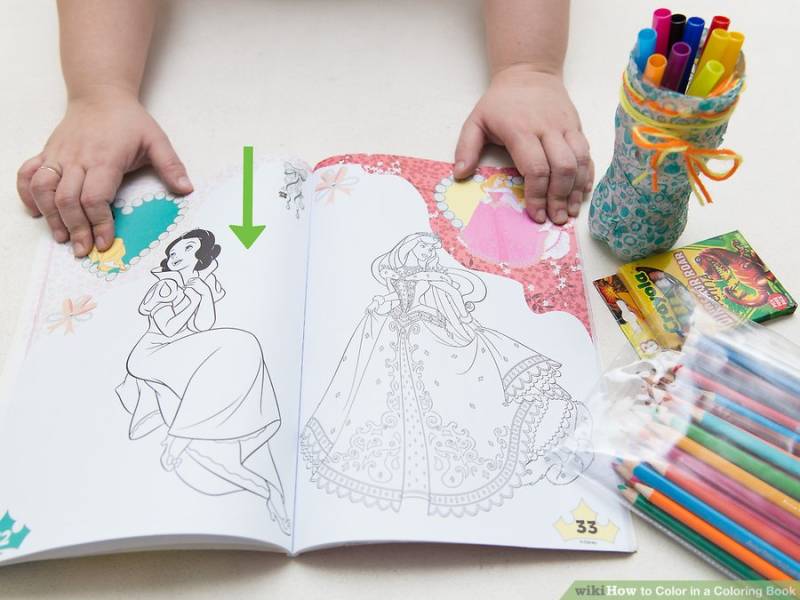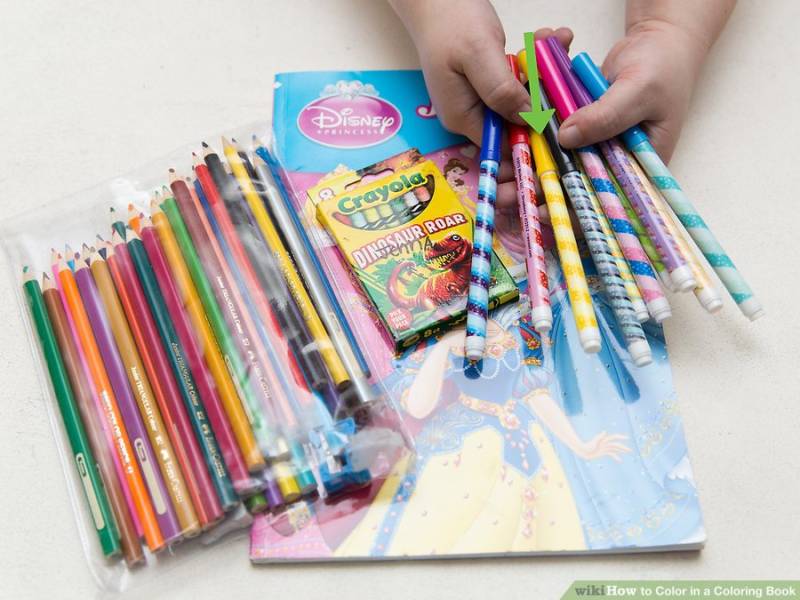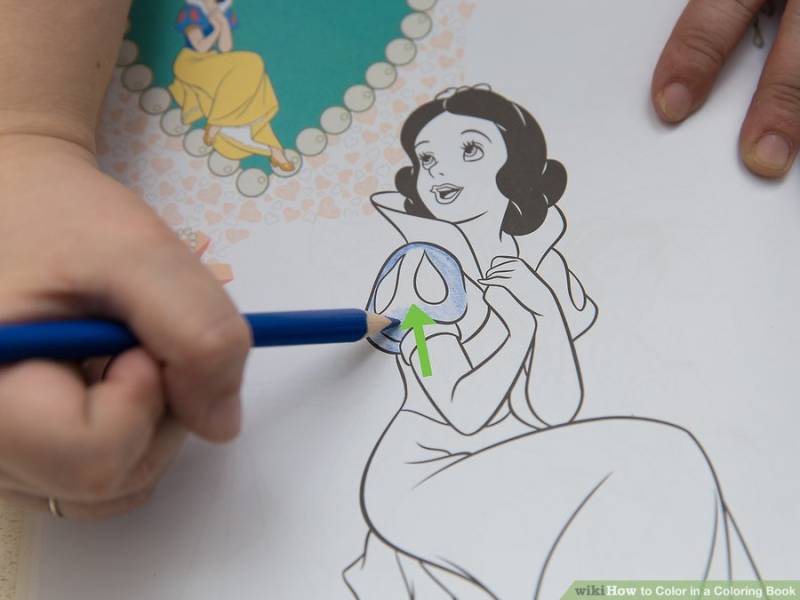Coloring books are fun for all ages. Although coloring is not generally considered to be very difficult, there are a number of methods and tips that you can use to help make your experience more enjoyable and successful.
1. Choose a coloring book that appeals to you. There are countless coloring books created specifically for kids, so finding one that suits your interests or mood should not be too difficult.
2. Select your coloring utensils. Crayons and water-based markers are both great for kids. Gel pens are another fun option. If you are using water-based markers that have become dried out, try reviving them by submerging the marker’s tip in warm water for roughly five seconds.
3. Find a surface to color on. If you are using a loose leaf coloring page you will need to find a hard surface to work on, while coloring books allow you more flexibility.
a. When using on loose sheets of paper, you may want to cover your work surface in newspaper depending on the coloring utensils you’ve chosen (markers may bleed through your paper and leave behind marks).
b. When using coloring books, you can use your lap as a coloring surface if you’d like to draw while in bed on the couch, for example. You may still find it easier to have a more flat and solid surface to work on, though.
4. Decide what colors you are going to use. For example, you might want to only use cool colors (blues, purples, and dark greens) or only use warm colors (reds, oranges, yellows, and light greens). Or, you might prefer to use all of the colors of the rainbow in your picture.
a. Regardless of the colors you choose, having a rough idea of how you’d like your completed piece to look can help you create a picture you’re satisfied with.
5. Choose the best place to begin coloring. Some drawing utensils (such as gel pens or markers) are more likely to smear than others.
a. If you think your utensils could smudge, either color the center of your picture first and work your way outwards, or to start at the top of your page and work your way down.
b. If you are not concerned about smudging, you can begin coloring wherever you’d like.
6. Color along the lines first and work your way in. Coloring along the edges of a distinct area first and then working your way work way in will help prevent you from coloring outside of the lines.
a. You may also find it helpful to filling in one distinct section completely before moving on to another section.
Courtesy wikihow.com
Published in Young Nation Magazine on July 8, 2017.


